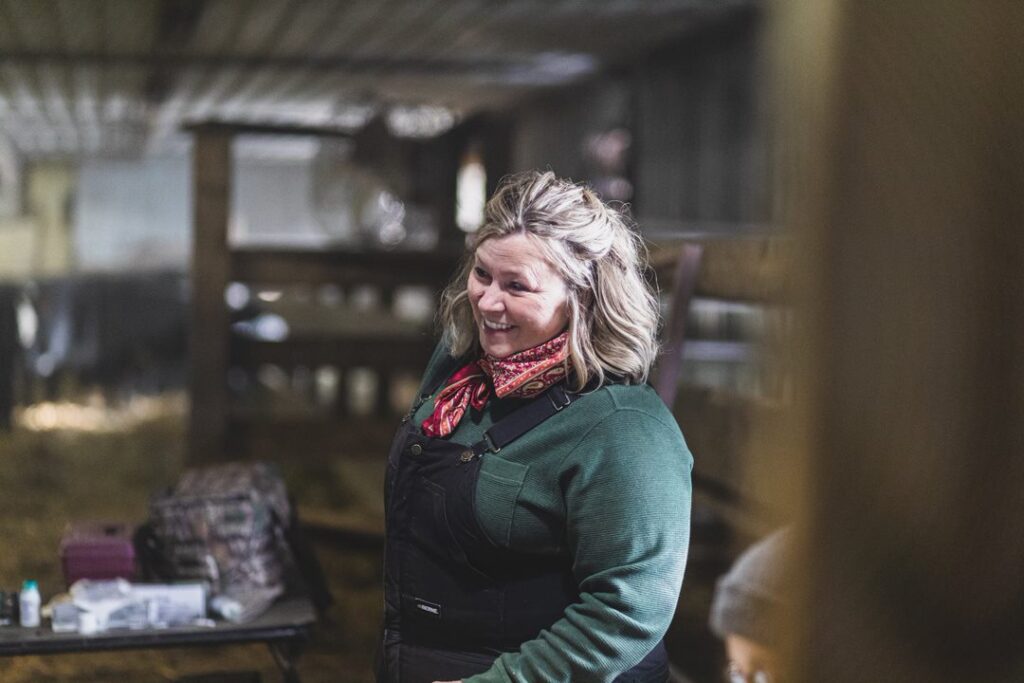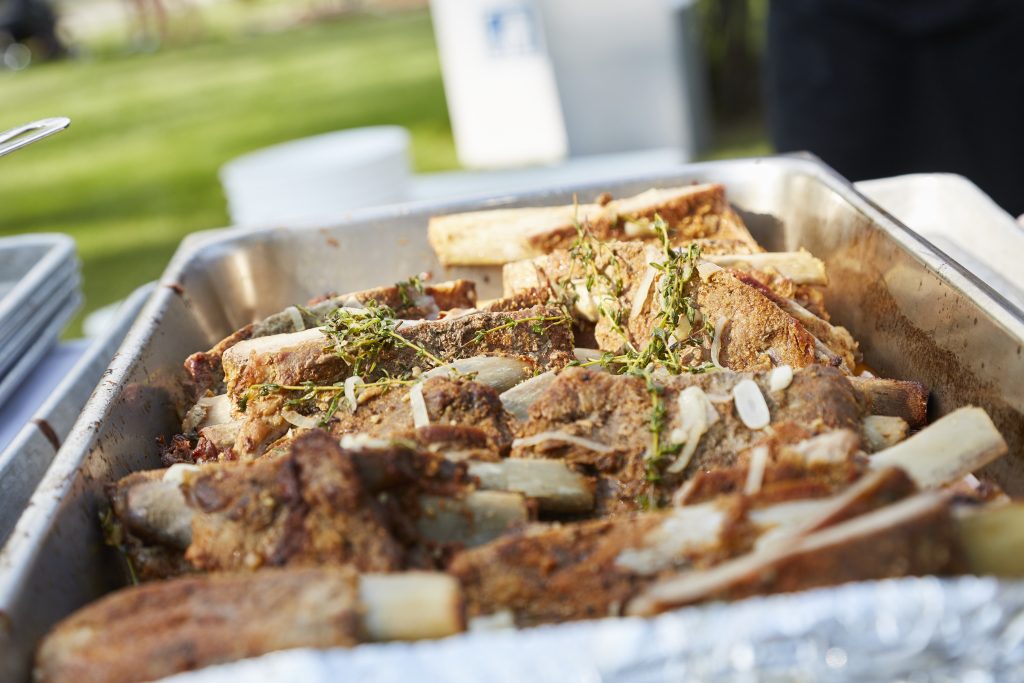Livestock Farming
Let’s talk about cattle vaccines

Hello from the pastures of northern Minnesota! My name is Rachel Gray and here at Little Timber Farm, we have been raising cattle on grass for 80 years! We have not always had beef cattle. In fact, when our farm first started, we had dairy cattle. That is, until 2002, when we made the switch to beef. Today, we focus on raising top-quality beef heifers for people all across the United States.
Let’s talk about cattle vaccines. Vaccines are medicines we give to our cattle to prevent certain diseases. There are many diseases which cattle can encounter that we now know are preventable. Disease prevention is particularly important; it keeps the animal healthy and the food we eat safe. We work closely with our veterinarian to set up a vaccine protocol that is specific to our area; some respective areas have different diseases that are more prevalent than others. Via our protocol, cows are now vaccinated twice yearly and calves three times yearly. Calves receive extra vaccines as their immune systems are still developing. Cattle vaccines play an important role in disease prevention. An animal that is not vaccinated runs the risk of not being healthy.
People often ask if vaccines are safe. The answer is YES! The vaccines we use have been developed and tested for safety and efficacy. Farmers and ranchers across the country make sure if an animal is given a vaccine it is not sent to slaughter right away. Each vaccine has an extremely specific withdrawal time. To that end, producers cannot send an animal to be harvested within that time frame. The bottles are then labeled and the veterinarians that prescribe the vaccine make sure the producer knows the withdrawal time and how to properly administer the vaccine. As producers, we know the importance of working closely with our veterinarian. Much like people consult a doctor, cattle producers consult vets on the best disease-prevention methods and procedures.
Another question we often get is, “Are vaccines the only way you prevent disease?” The answer is no. We use many methods to prevent disease in cattle. For example, cattle receive vitamins and minerals either in tubs or mixed right in with their feed. Often, the vitamins and minerals we use have probiotics and prebiotics in them. We make sure cattle have balanced nutrition, appropriate vitamins and minerals as well as fresh water. The right feed, minerals and a good water source can go a long way in regards to disease prevention.
Cattlemen and women are always looking for new and innovative ways to prevent disease in cattle. We test our soil, our feed and water to make sure what we are putting into the cows and calves is healthy and nutritious. Producers are eager to try new and different things: for example, with fly control being an issue in the summer, we have started feeding a mineral with garlic in it which greatly alleviates the problem.
As a consumer, don’t hesitate to reach out to cattlemen and women near you and ask questions. Now break out that grill and grab a steak or burger from your local grocery with the knowledge that it’s been produced in a healthy and safe way.
Learn more about Rachel here or visit the Little Timber Farms website.




